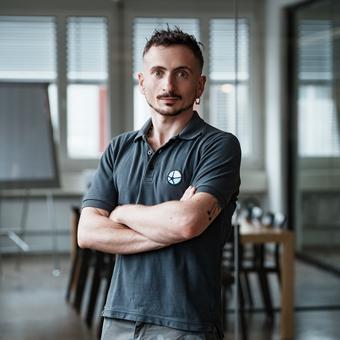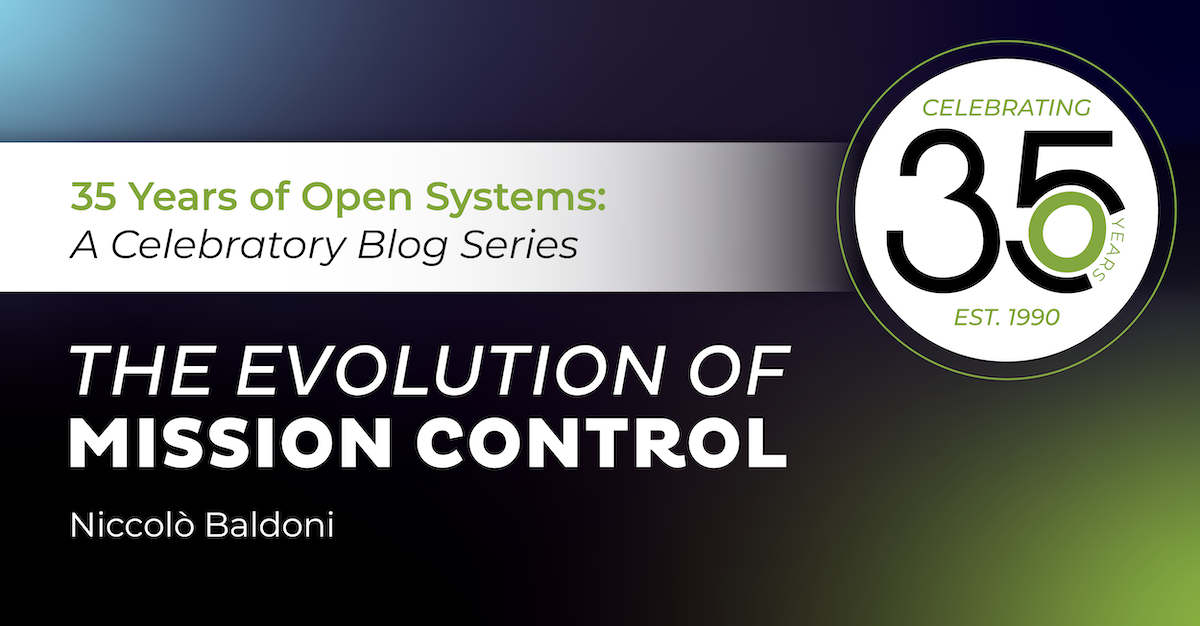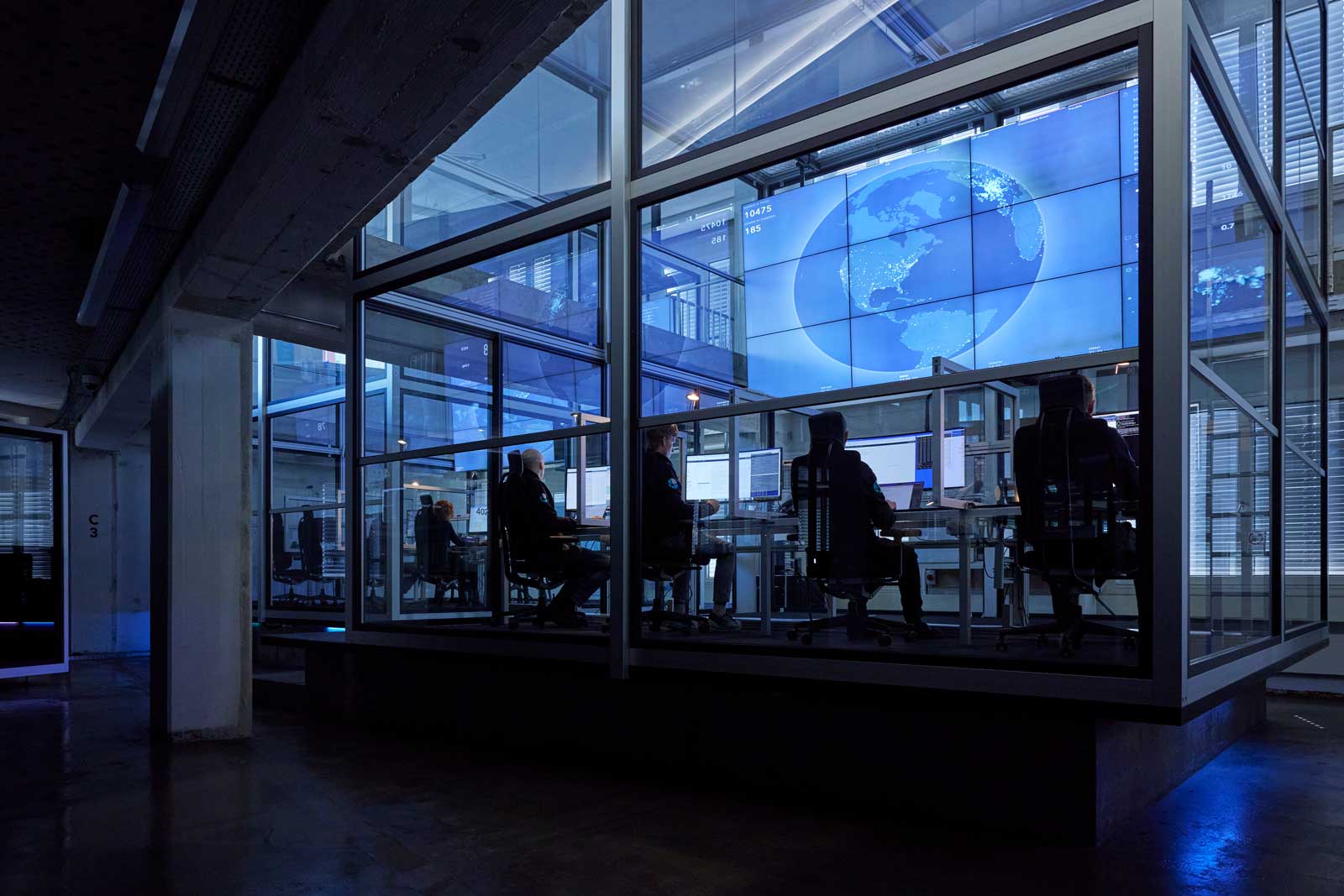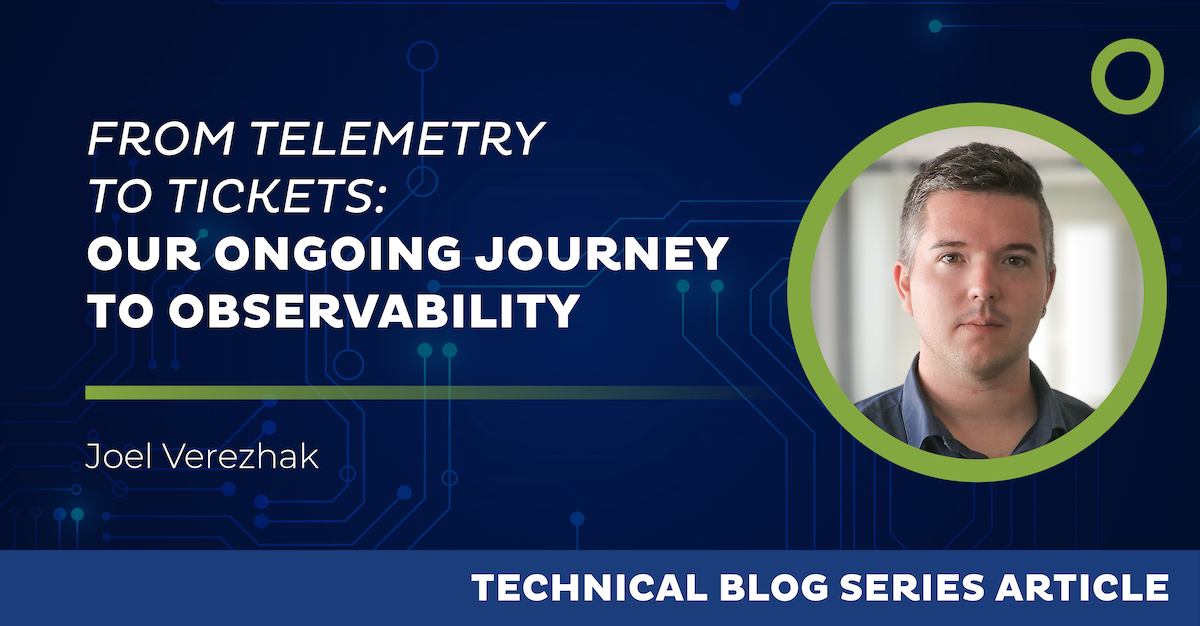
35 Years of Open Systems: The Evolution of Mission Control


Mission Control has always been more than an operations center. It’s the heartbeat of Open Systems. For 35 years, it has defined how we deliver 24×7 managed security: through reinvention, resilience, and relentless focus on our customers. This is the story of how Mission Control evolved — across continents, through crises, and with new roles, to become what it is today.
From midnight phone calls to “follow the sun”
In 1999, Open Systems took its first step toward always-on support. During business hours, level 3 engineers solved every ticket in real time. At night, one colleague carried the on-call phone, ready to respond to emergencies. It didn’t take long to realize this wasn’t sustainable. Being woken up several times a night to manage night support simply didn’t scale with a growing customer base. Something had to change.
The breakthrough came when the founder quietly launched an experiment in Sydney, Australia. Engineers were given the chance to work abroad, risk-free, while staying in the job they loved: work 8:00–18:00, then enjoy the Australian lifestyle after hours. The results were transformative: customers got fresh, alert engineers in another time zone, with the same familiar people and service quality they were used to. And engineers could still serve customers in Swiss German. Mission Control had discovered a new way of working: follow the sun.
The universal soldier: when one engineer did it all
In those early years with mainly network operations, every engineer was a “universal soldier.” Training fit in fewer than 20 pages. Services covered only firewalls, proxies, and VPNs. And if a customer needed new hardware, the same engineer would head to the basement, stage it, pack it, call UPS, ship it, and configure it once it arrived. One person did it all.
Captains, PEs, and the art of teamwork
As demand grew, specialization became essential. A logistics team took over the hardware, and different operation roles were created – all supported by level 3 engineers.
The Captain role: experienced engineers who triage calls, manage queues, and support the crew.
The Process Engineers (PEs): they handle structured, repeatable tasks that don’t require deep technical expertise. In-house training now stretches to six months, ensuring a strong technical foundation. Mission Control remains open to colleagues from different fields – as long as they are willing to train intensively and build the tech know-how needed to serve our customers.
Later, the PE-Pro role was added to bridge the gap: technical enough to handle firewall or email rule changes, but leaving the hardest debugging to full engineers.
Resilience from Sydney to Redwood City — and why Hawaii
In 2017, after EQT’s acquisition of Open Systems, the Sydney office was closed to establish a footprint in Silicon Valley. The Mission Control outpost reopened in Redwood City, California, placing Open Systems at the heart of the U.S. tech ecosystem.
Strategically, Redwood City made sense. But the time zone was less favorable for the 24×7 approach. And culturally, the team missed the distinctive energy and balance they had experienced in Sydney. To optimize Open Systems’ follow the sun approach and to make assignments to Redwood City attractive for engineers, Renato Iten, Head of Operations at the time, made a bold proposal: open a site in Hawaii and have engineers spend two months in Redwood City, followed by one month in Honolulu. This solved everything: The 24×7 approach was revamped, Hawaii restored the environment that helped engineers stay sharp for demanding Mission Control work, while keeping Silicon Valley proximity. It worked.
Adapting through COVID: early birds and night owls
Then COVID-19 hit. Travel stopped. National Interest Exception requests were mostly denied. One by one, engineers returned home, leaving Redwood City with a minimal presence.
To maintain coverage, Zurich introduced “early bird” (starting 5:00 a.m.) and “night owl” (until 2:00 a.m.) shifts. At the same time, Honolulu — with more flexible working regulations — became the practical anchor for U.S. coverage. For months, the U.S. presence ran with limited staff, but no disruptions, the model held.
When MDR changed everything
The next turning point came with Managed Detection and Response (MDR). The fear was that MDR could increase workloads dramatically — potentially multiplying the daily ticket volume with factor 7x. Rather than waiting for the storm to hit, Mission Control prepared for the worst. The team embraced a swarming model: instead of escalating tickets step by step, cases would be routed directly to the best-placed expert.
This required rethinking everything:
- New queues for incoming, dispatch, routine, process.
- A redefined Captain role.
- New roles such as Guru, Dispatch, and Routine engineers.
By early 2020, this model was live. Only later did Open Systems notice the coincidence: ITIL (Information Technology Infrastructure Library) 4 , published in 2019, added agility, customer value, and modern practices such as swarming-style collaboration into its framework. Without knowing it, Mission Control had reinvented itself in almost exactly the same way.
The rise of the platform engineer
As customers moved to the cloud, Mission Control evolved again. Its services became cloud-native and were hosted in cloud PoPs. A new role was born: the Platform Engineer, specialists who manage and optimize the cloud platform at the heart of operations. With the extended portfolio of Open Systems in the SSE stack, the former Network Operations Center transforms more and more to a Cyber Defense Center.
A global team, one shared mission
At the same time, Open Systems expanded east. Through the acquisition of Born in the Cloud, Open Systems gained a team in Noida, India. After the spin-off of the own MDR services, Open Systems built its own branch there, Noida engineers becoming members of Mission Control. The result has been both operational strength and cultural enrichment.
Today, Mission Control stands for:
- 24×7 global coverage across time zones
- Specialized roles, from Captains to Gurus to Platform Engineers
- A culture of equality and collaboration spanning Zurich, Honolulu, Noida, and beyond
- Average ticket ratings by our customers: 4.8 in 2024
- 50% of our tickets already based on self-healing capabilities
Looking ahead
From late-night call rotations in Zurich to intelligent swarming across continents, Mission Control has come a long way.
Today, AI helps us tackle one of the most time-consuming ones: repetitive tasks. But even the smartest AI isn’t left to run alone. At Open Systems, we follow a strict Human-in-the-Loop approach: AI supports, people decide. Our engineers remain in charge of all security-critical processes, with AI providing context, recommendations, and insight.
Because real trust comes not from blind automation, but from transparency, accountability, and technology that empowers humans. 35 years of Open Systems clearly shows: Mission Control isn’t just part of our story, it is our story. It’s a symbol of who we are: a team that never quits, never stops evolving, and never compromises on keeping customers secure.
Mission Control has evolved. Our promise hasn’t.
Leave Complexity
Behind
To learn how Open Systems SASE Experience can benefit your organization, talk to a specialist today.
Contact Us



